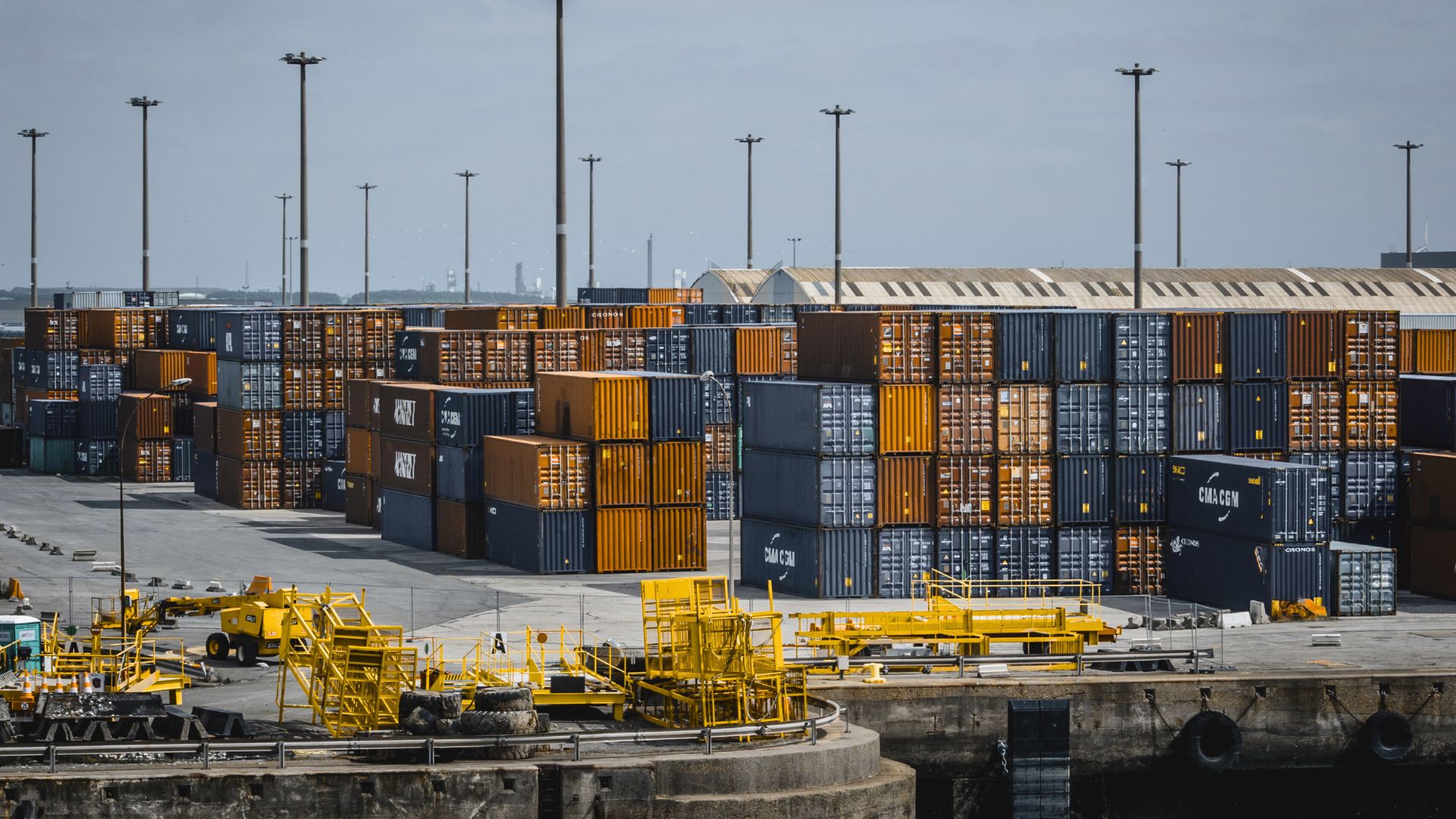Innovations in technology often stem from necessity and frequently that necessity is from conflict. China’s Bronze Age was no different where casting methods were used to create ritual items along with items of war. However, the technology factories used in the region to manufacture intricate and complex artifacts quickly led to global renown for Asian manufacturing. Today, evidence of their unique, time-consuming, but superior bronze casting techniques exist in museums and exhibitions in every corner of the world.
While most of the region developed independently over millennia, the 20th century ushered in a new era of industrial activity. And in many cases, superiority. After the conflicts of the early half of the last century, U.S. investment in Japan created conditions for economic prosperity. Similarly, when China opened its doors to the Western World, there came immediate benefits. For instance, the nation obtained new opportunities to participate in the global economy.
Early Manufacturing Advantages in China and Northeast Asia
China particularly had a massive advantage when it came to manufacturing capabilities. The country had large swaths of natural resources, access to almost unlimited and inexpensive labor, and an economy perfectly geared towards mass manufacturing. China started by converting farmers into workers in textile and food processing plants. With a protectionist policy, the government stimulated multiple businesses who only competed with each other internally.
As only the successful businesses continued receiving support from the government, it fostered innovation and created sophisticated manufacturing techniques. The government provided access to credit, improving the skills of the considerable labor force, and investing heavily in new technologies. The government’s policies also encouraged companies to focus on export-orientated business models. The focus on direct competition with existing global market leaders was a central focus that helped China’s manufacturing culture grow quickly.
Post-2000s Economic Stimulus and Growth
Since the early 2000s Asian governments continued to boost the economy through Asian manufacturing with strategic policies and subsidies. The net effect was that companies controlled by state policies’ profits equaled 3% to 4% of the country’s GDP. Governments subsidized and protected strategic industries heavily while investing in better infrastructure.
In Japan as in China, strategic investments and policies enabled export economies to thrive. Export revenues were not taxed at the same rate as other local companies and every firm that supported the government’s agenda benefited from free land, public infrastructure, and access to affordable credit.
Industry 4.0 and Asian Manufacturing in the Future
Little has changed in the region. The same policies and focus on Asian manufacturing innovation are still very much alive in every aspect of these economies. China endeavors to rise and become the world leader of the Internet of Things (IoT) with its ‘Made in China 2025’ development plan. Strategic investments made over time are now paying off across multiple verticals poised to keep the country at the forefront of global manufacturing.
Allow ITI Manufacturing to help you develop your company’s Asian manufacturing strategy for the future. Discover how you can benefit from over four decades of expertise in the region. Our proven process comes from our domestic and on-site, in-country team of dedicated offshoring experts.
Find out for yourself how our decades of expertise can help your company effectively and successfully manufacture in Asia.




